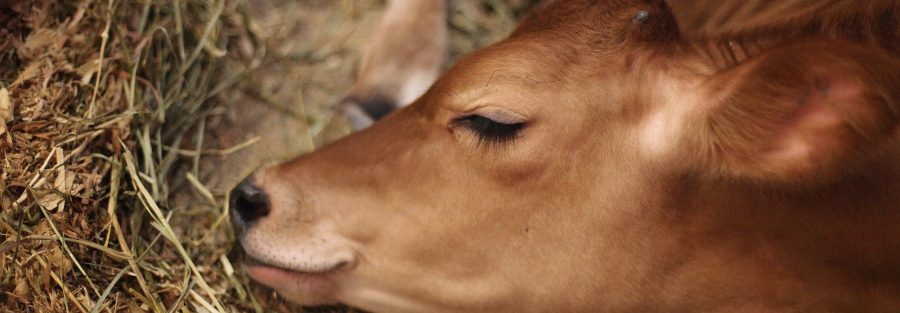Redwater fever in cattle: What it is and how to manage it
Redwater fever, also known as babesiosis or tick fever, is a tick-borne disease that affects cattle and other animals. It is caused by a parasite called Babesia, which infects the red blood cells of the animal, leading to anemia, fever, and other symptoms. The disease is primarily transmitted through the bite of infected ticks, such as the Rhipicephalus (Boophilus) microplus tick.
Here are some key points on managing redwater fever in cattle:
- Tick control: Effective tick control is crucial in preventing the spread of redwater fever. Implement measures to reduce tick populations in your cattle’s environment, such as pasture management, regular tick inspections, and strategic use of acaricides (tick control products). Consult with a veterinarian to develop a tick control program suitable for your specific region.
- Vaccination: In areas where redwater fever is prevalent, vaccination can be an essential preventive measure. Consult with your veterinarian to determine if a redwater fever vaccine is available and recommended for your cattle.
- Tick monitoring: Regularly inspect your cattle for ticks, particularly in areas prone to tick infestation. Promptly remove any ticks found on the animals and dispose of them properly. This practice can help reduce the risk of Babesia transmission.
- Early detection and treatment: Familiarize yourself with the signs and symptoms of redwater fever, such as anemia, fever, pale mucous membranes, reduced appetite, and decreased milk production. If you suspect redwater fever in your cattle, contact a veterinarian immediately for diagnosis and appropriate treatment. Early intervention can improve the chances of recovery.
- Supportive care: Animals affected by redwater fever may require supportive care to aid their recovery. This includes providing a clean and comfortable environment, good nutrition, access to clean water, and protection from extreme weather conditions. Your veterinarian may prescribe specific treatments, such as anti-parasitic medications or blood transfusions, depending on the severity of the infection.
- Quarantine and isolation: If a case of redwater fever is identified, it’s crucial to isolate the infected animal to prevent the spread of the disease to other members of the herd. Implement appropriate biosecurity measures and maintain strict quarantine protocols for affected animals until they recover or as directed by your veterinarian.
Remember, redwater fever can have significant impacts on cattle health and productivity. It is important to work closely with a veterinarian who can provide guidance on disease prevention, diagnosis, and treatment specific to your region and herd management practices.



